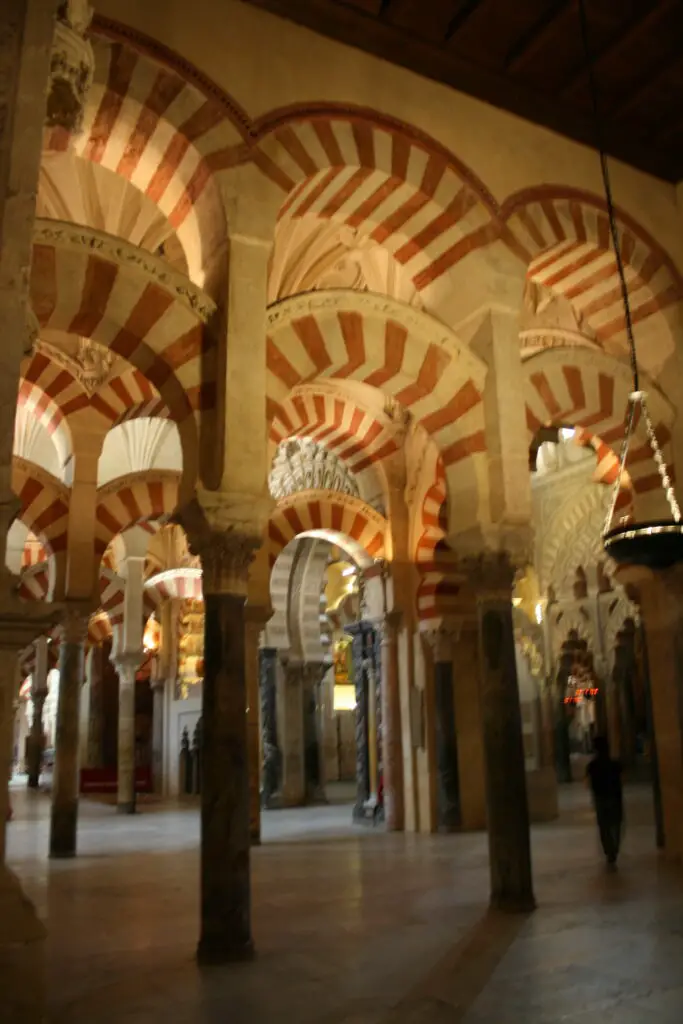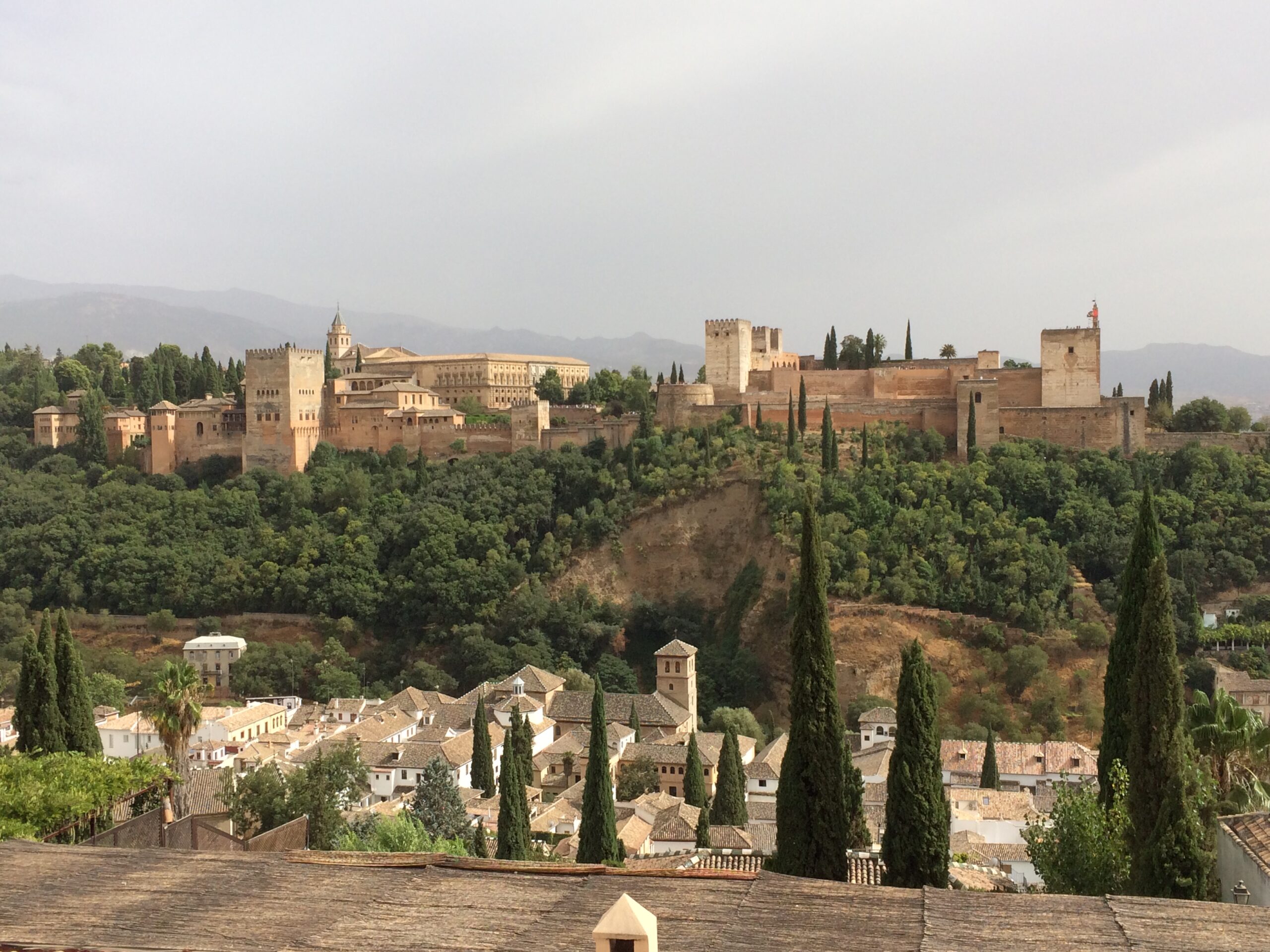When we think about the interaction between Muslims and Christians during the middle ages we mostly think of violence, the crusades, and the Spanish Reconquista (the reconquering of Spain from the Muslims).
Rarely, the peaceful & fruitful interactions between Christians and Muslims during the middle ages are brought up. Most of us know at least a little bit about the Christian contributions but the Muslim contributions of the peaceful interactions between the two religions are mostly unknown to the broad population.
Because of that, I would like to give a close look into what the Muslim conquests during the early and high middle ages brought (back) to Europe. If you are interested in the different time separations of the middle ages and why they might be not very useful I would invite you to read my article here.
Most importantly Islam brought ancient knowledge that had been forgotten in Europe back to Europe. Apart from that Muslims also brought innovations in the fields of culture, architecture, medicine, and agriculture (Lemons and Watermelons) to Europe.
Let`s find out more!
Zones of contact
During the early Middle Ages Islam had spread from the Arabian Peninsula. When we look at the influence that Islam had on Europe then we have to put a special focus on the Iberian Peninsula and Sicily.
The Iberian Peninsula (= al-Andalus) became Muslim during the 8th century and the Muslim conquest of Sicily was finished in 902 AD. If you want to learn more about the most important medieval caliphates and their influence on the Muslim expansion you can check out my article here.
Due to their geographic location both Al-Andalus (the area of modern-day Spain, Portugal & Galicia) and Sicily became important zones of contact between Christians and Muslims.
Let’s take a look at some of the Innovations that made their way (back) to Europe.
Ancient knowledge
Let’s start with the most important one.
After the Roman empire was split into a western & an eastern Roman empire in 395 CE the western roman empire (Rome as its` capital) sank into a string of civil wars.
As a result of the civil wars order and state of law made way for chaos. Germanic tribes like the vandals and gots who had previously fought as roman mercenaries went on to plunder the western Mediterranean while also establishing their own spheres of influence.
By the way. The invasions of Germanic tribes into Italy were also the reason why Venice was founded. Please check out my article here for more information on why and how Venice was built in the middle of a Lagoon.
It is not surprising that during that time of chaos a lot of knowledge was lost. If you want to find out more about how the fall of the roman empire affected Europe I would recommend my article on that matter.
Due to geographic defenses like the Dardanelles, the eastern part of the Roman Empire (also called the Byzantine Empire) with its capital Constantinople was not really affected by the downfall of the western roman empire.
During the middle of the 6th century, the Byzantine empire was even able to take back large parts of the western Roman empire in northern Africa and Italy. But that changed with the beginning of the 7th century.
Between 602 and 628 the Byzantine empire fought against the Sassanids. The wars drained its resources to a point where it was not able to defend its entire empire against the expanding Muslims.
Until 642 CE the Byzantine Empire had lost both Egypt and the Levant to the Arabs.
But the Arabs did not only conquer the land, they also conquered libraries with countless books. These books contained the ancient roman and greek knowledge that had been lost in Europe during the chaotic decline of the western Roman empire. But these books were written in Latin or ancient Greek.
It was mostly by the Abbassid caliphs of Baghdad that that knowledge was maintained, translated, and spread throughout the Muslim world. Check out my article here on the major medieval Caliphates to find out more about the Abbasids.
A good example of that knowledge are the books of Ptolemy. These were translated during the 9th century at the court of the caliphs in Baghdad, for example, the caliph Harun ar-Rashid.
By the way, that Harun ar-Rashid also had diplomatic ties to Charlemagne, he even sent him a white elephant named Abdul-Abas. Furthermore, he is also an important figure of the One thousand and one nights fairytale. If you are interested you can get a copy here at amazon.
From Baghdad, the knowledge spread over the whole Muslim world and also made its way to Al-Andalus and Sicily. And in the 12th century that lost knowledge returned to Christian Europe.
It is important to emphasize that the Muslim and Christian parts of the world were not disconnected! Or to use the words of Roberto Sabatino Lopez: Sicily was „the nerve center between two worlds, the mirror of east and west“.
In 1091 all of Sicily was back under Christian rule. The Normans established their rule in Sicily but kept many of the Muslim innovations. For example the tax system.
Medicine
Since we already talked about the Norman rule over Sicily it seems appropriate to use an example in the field of medicine that is connected to Sicily.
In 1140 CE the Christian Sicilian King Roger II ordered the introduction of a test for all prospective physicians. The Test was based on a model that was introduced by the caliphs of Baghdad.
By the way, Roger II of Sicily adopted so many Muslim innovations (the tax system, an exam for physicians, and so on) that he was called the baptized calif of Sicily.
Do you want to learn more about the 4 main caliphates of the middle ages? Please check out my article here.
The first hospital in Paris is another good example. The French king Louis IX founded that hospital in 1260 after he returned from a Crusade where he had seen the usefulness of dedicated and well-organized hospitals.
Architecture
Just like Roger II got inspired by the physician test that was used in Baghdad Christian architects were inspired by the pointed arches they had seen in mosques. These pointed arches would have an undeniable influence on the gothic architecture that became popular during the 12th century.
And until these days the Beauty of the buildings that were constructed by the Muslim rulers of Al-Andalus are tourist magnets. But see for yourself:

Culture & Agriculture
The last point is probably the most notable in our day-to-day life. The Muslims did not only bring new Irrigation systems to Al-Andalus, but they also brought new Plants.
Most notably are lemons and watermelons. Both plants originated in the Middle East and were brought to Spain and Sicily during the Muslim conquests.
Just like them the guitar and the violin also have their origins in Muslim culture.
It is safe to say that the Muslim conquests brought a lot of innovations (back) to Europe.
I think especially since the violent interactions between Christians and Muslims (like the Crusades) are so dominant when we think about the Middle Ages it is also extremly important to be aware that Muslim-Christian encounters were not always hostile and often were extremely fruitful for both cultures.
I hope that I was able to show that Christian and Muslim areas and cultures were much closer connected and that the borders between the two were much more permeable than one would think.
Now we have talked a lot about the fruitful interactions between the religions. But of course, there were also conflicts, the best known are the crusades!
But that is a story for another time.
I hope you enjoyed our trip into a less well-known part of the Middle Ages. For more information about the 3 periods that the Middle Ages are usually divided into, you can check out my article here.
Take care of yourself because you deserve it. You really do.
Until next time
Yours truly
Luke Reitzer
